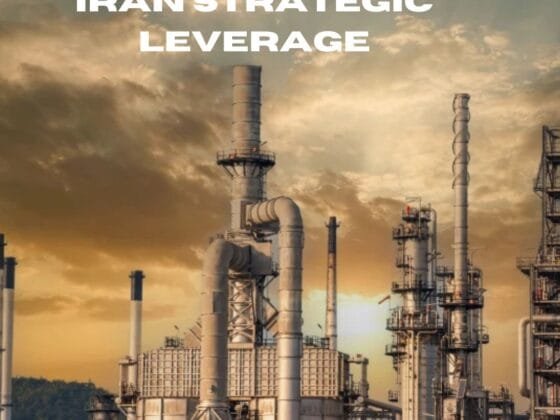Introduction
In a hyperconnected world, the term Global Trade Lifeline defines the essential channels and systems that keep international commerce alive and thriving.
From bustling maritime routes like the Suez Canal and the Strait of Hormuz, to critical infrastructure like ports, air freight hubs, and rail corridors, these lifelines are the arteries of the global economy.
Any disruption in these channels causes ripple effects across supply chains, inflation rates, and even national security.

What is the Global Trade Lifeline?
The Global Trade Lifeline refers to strategic trade routes, logistics infrastructure, and digital systems that ensure the smooth flow of goods and services between countries. These include:
- Maritime chokepoints like the Panama Canal, Malacca Strait, and Suez Canal
- Air cargo networks covering key nodes in Asia, Europe, and North America
- Digital trade systems and e-commerce supply chains
- Global payment systems and logistics fintech solutions
Together, these elements form a vast, interconnected framework that sustains trillions of dollars in international trade.
- The Ever Given incident in the Suez Canal held up $9.6 billion worth of goods daily.
- Russia-Ukraine conflict impacted global grain and energy supply chains.
- Houthi attacks in the Red Sea have rerouted cargo ships, increasing costs and delays.
These events prove that the Global Trade Lifeline is not just a logistical concept—it’s a critical geopolitical and economic factor.
- Access new markets
- Reduce shipping time and cost
- Boost exports and manufacturing
- Secure energy and raw material imports
The Future of Global Trade Lifelines
In the next decade, the Global Trade Lifeline will evolve with:
- Green shipping corridors for sustainability
- AI-powered logistics for real-time optimization
- Multi-modal infrastructure combining land, sea, and air
- Bilateral and regional trade agreements securing critical trade routes
Nations and corporations that invest in securing and adapting to these lifelines will dominate future trade dynamics.
Conclusion
The Global Trade Lifeline is the silent engine behind every product on a shelf, every fuel tank filled, and every economy striving to grow.
In a volatile world, understanding and securing this lifeline is not just smart strategy—it’s survival.
Conclusion
As the world becomes more interconnected and vulnerable to disruptions, safeguarding and modernizing these lifelines is crucial.
Best Conclusion
In a world driven by interdependence, the Global Trade Lifeline is the invisible force that fuels economies, empowers industries, and connects continents.
Its strength determines the pace of global progress, and its disruption can stall the world.
As we step into a future shaped by innovation, climate challenges, and shifting power dynamics, securing and strengthening these lifelines isn’t just strategic—it’s essential for global resilience, prosperity, and peace.
FOE MORE BLOGS – beyondthepunchlines.com

 Add to favorites
Add to favorites








